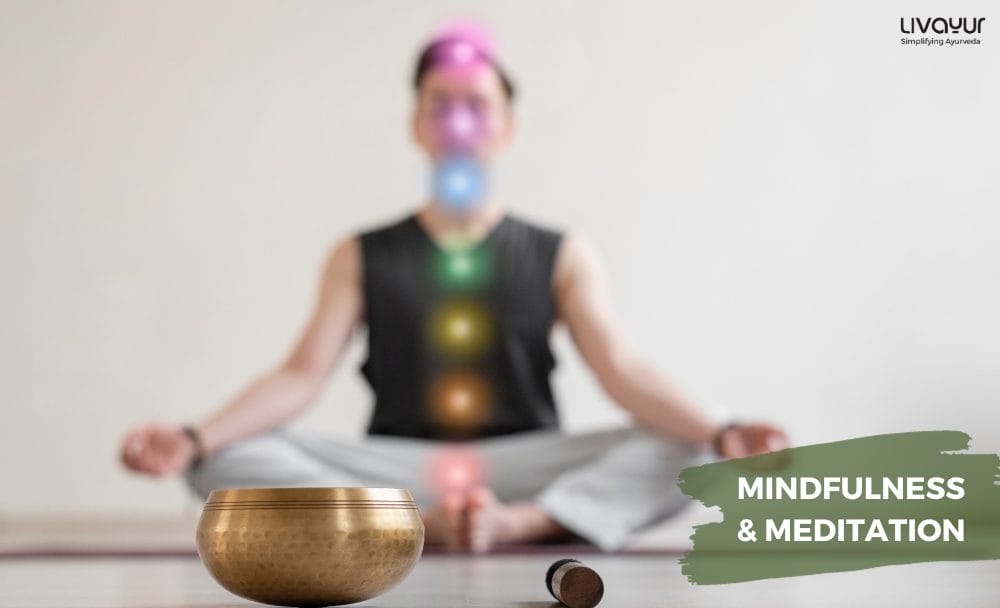
Mindfulness meditation is a human being’s basic ability to be completely present in the midst of the task at hand, aware of where you are and what you’re doing, without being overwhelmed or overly reactive to the situation or what is going on around you. Mindfulness is not solely concerned with the mind. You can successfully practice mindfulness by attending a formal meditation practice or being more aware of whatever tasks you perform each day.
How to Practice Mindfulness?
Almost all tasks you perform in a given day, such as brushing your teeth, eating your lunch, talking to friends, or exercising, can be carried out with a greater sense of awareness or mindfulness.
When you are mindful of every action, you pay greater attention to what you are doing. What’s more is instead of going through the motions, you are in tune with your senses, paying close attention to your emotions and thoughts.
By incorporating mindfulness into your daily lifestyle, you can successfully practise it even if you lack the time for other forms of meditation.
How to Do Meditation?
1. Take Your Seat: You may be seated on a chair, park bench, or a meditation cushion. Whatever you are sitting on, ensure that the spot offers you a solid, stable seat, which does not perch or hang back.
2. Pay Attention to What Your Legs are Doing: If you are seated on a cushion on the floor, you need to cross your legs comfortably. If you are seated on a chair, it is good practice to rest your feet on the floor. If you are already practising yoga postures, you can go ahead with the same.
3. Straighten Your Upper Body Without Stiffening It: Your spine possesses a natural curvature. Let it be as it is. Your head and your shoulders need to comfortably rest on the top of your vertebrae.
4. Let Your Upper Arms Lie Parallel to Your Upper Body: Now let your hands drop onto the upper legs. While your upper arms are at your sides, your hands will eventually land on the right spot of your legs. Going too far forward will cause hunching. On the contrary, too far back will stiffen your body. Because you are tuning the strings of your body, you need to ensure that the posture is neither too loose nor too tight.
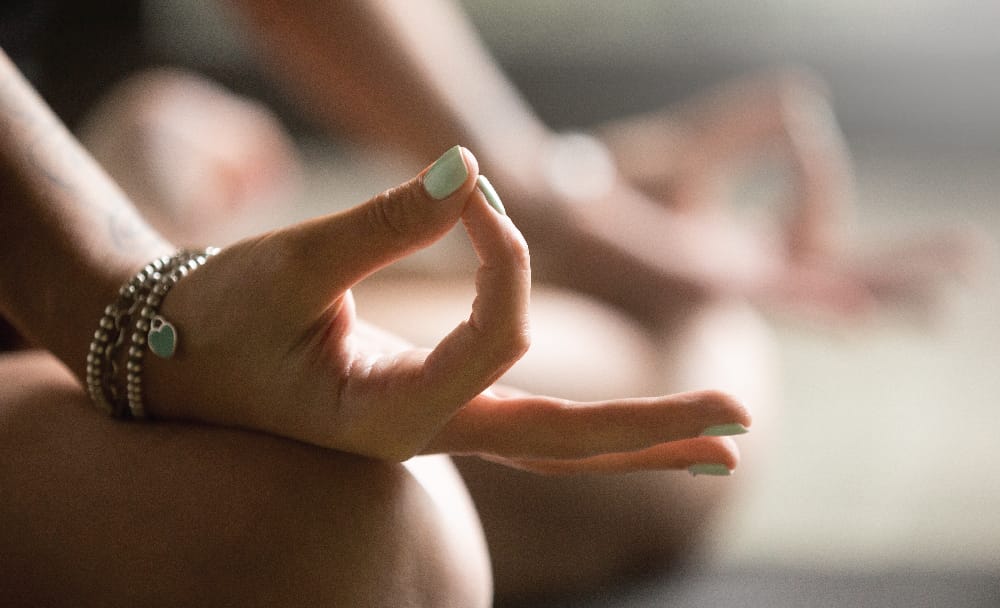
5.Drop Your Chin a Bit and Let Your Gaze Fall Downward Gently: Following this, you may lower your eyelids a little. If you feel it necessary, lower them entirely. That said, it is not mandatory to close your eyes while meditating. Let whatever object that appears before your eyes be as it is, without focusing or paying attention to it.
6. Spend a Few Moments in the Above Position: Relax and take a deep breath, bringing your attention to it as well as to the sensations in your body.
7. Feel Your Breath: You need to “feel” or “follow” your breath every time you inhale and exhale. Be aware of the physical sensation of breathing: the air that moves through your mouth or nose and the rising and falling of your chest or belly. Zero in on a focal point, and with each subsequent breath, you may mentally note both breathing in and breathing out.
8. Your Attention at This Stage Will Surely Wander: That said, you need not worry. There is no need to put a stop to thinking or eliminate it entirely. Whenever you notice that your mind is wandering, just return your attention and awareness to your breath.
9. Make it a Habit to Pause: Before making physical adjustments like scratching an itch or moving your body, practice pausing. With true intention, shift at a chosen moment, allowing sufficient space between your experiences and your chosen action.
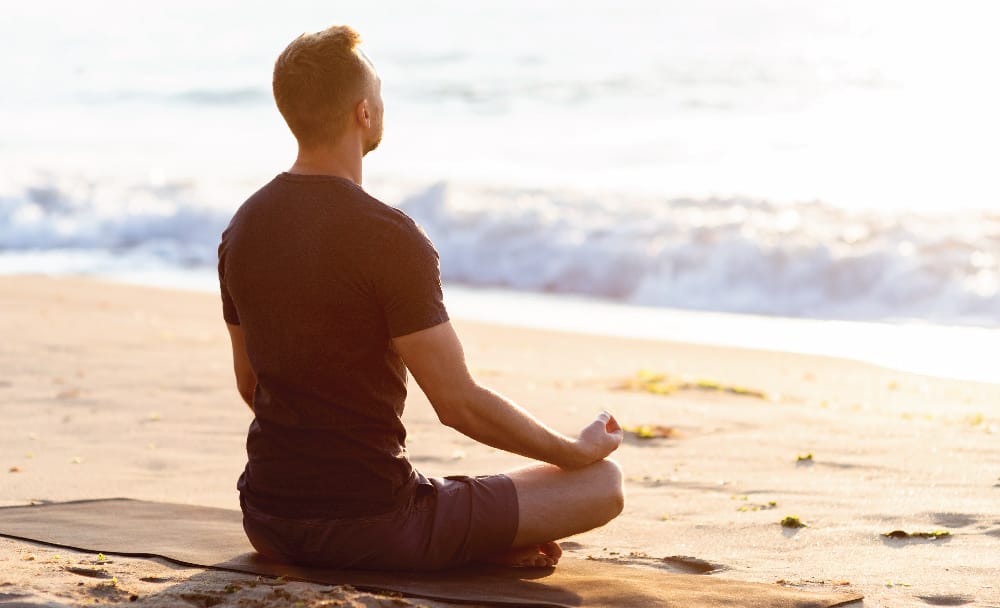
10. Your Mind May Wander Constantly: This is completely normal. Instead of engaging with or wrestling with those thoughts, practice the art of observing without the tendency to react. Merely sit and pay attention. Despite the difficulty, that is all there is. Return to your state of being aware repeatedly, without any expectation or judgement.
11. When You are Ready, Lift Your Gaze Gently: Alternatively, if your eyes are closed, you need to open them. Take a moment and notice any environmental sounds. Notice how your body feels at this juncture. Pay close attention to your emotions and thoughts. After a short pause, you may decide how would you like to continue with your day.
That is it. This is the practice of mindfulness meditation. It is often said that the practice of mindfulness and meditation is extremely simple; however, it is not necessarily so. The goal is to just keep practising. Results will surely follow.
Conclusion
Mindfulness is all about staying in the present. It also means being highly aware of what you are doing, without letting your mind wander to negative thoughts and resulting negative emotions.
This article is reviewed by Suchitra Marwah



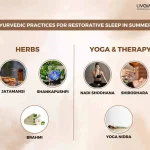
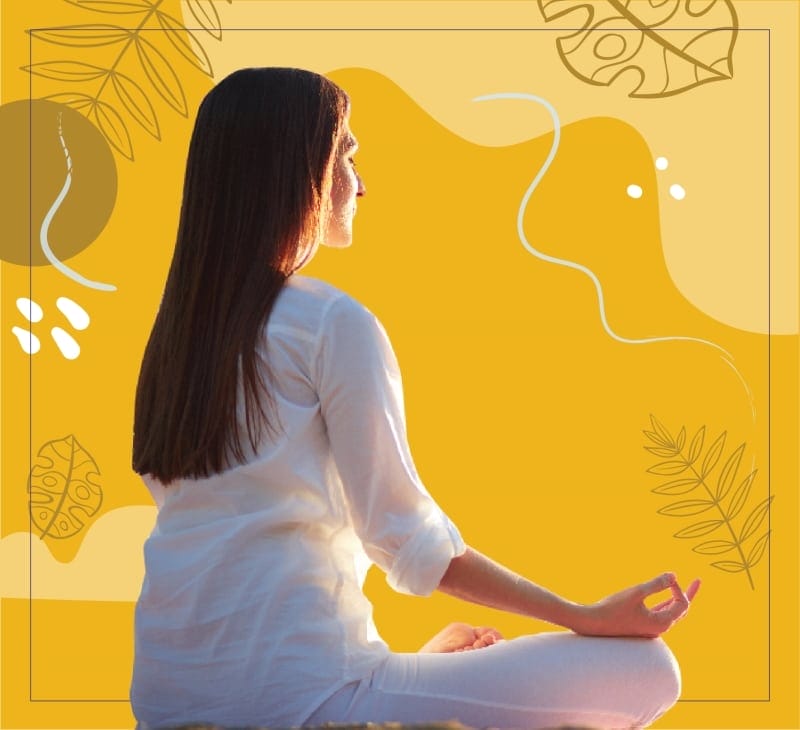








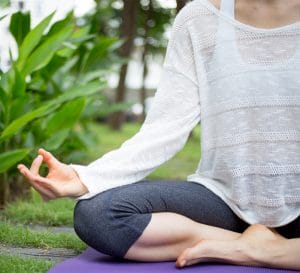

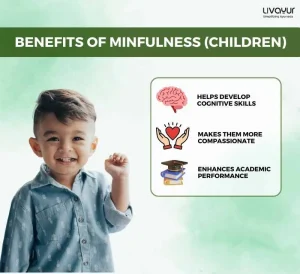
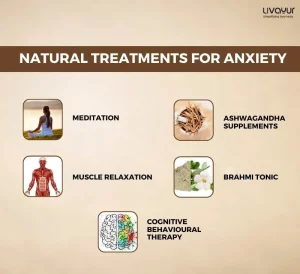







4 Comments